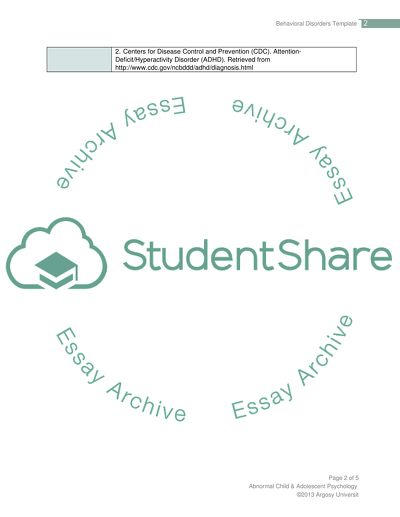Cite this document
(“Behavioral Disorders Assignment Example | Topics and Well Written Essays - 1000 words”, n.d.)
Retrieved from https://studentshare.org/psychology/1646842-behavioral-disorders
Retrieved from https://studentshare.org/psychology/1646842-behavioral-disorders
(Behavioral Disorders Assignment Example | Topics and Well Written Essays - 1000 Words)
https://studentshare.org/psychology/1646842-behavioral-disorders.
https://studentshare.org/psychology/1646842-behavioral-disorders.
“Behavioral Disorders Assignment Example | Topics and Well Written Essays - 1000 Words”, n.d. https://studentshare.org/psychology/1646842-behavioral-disorders.


